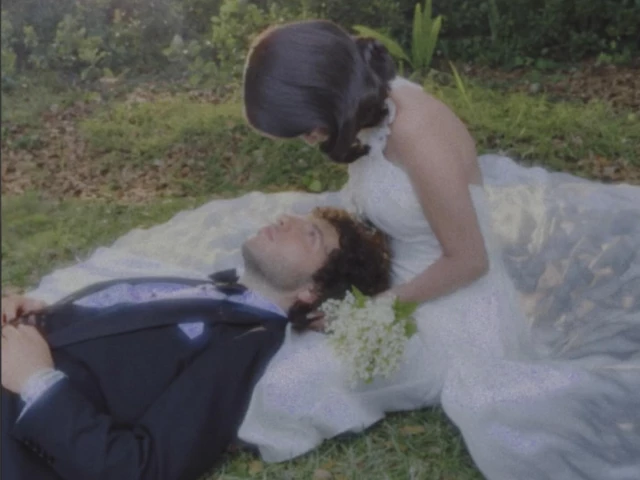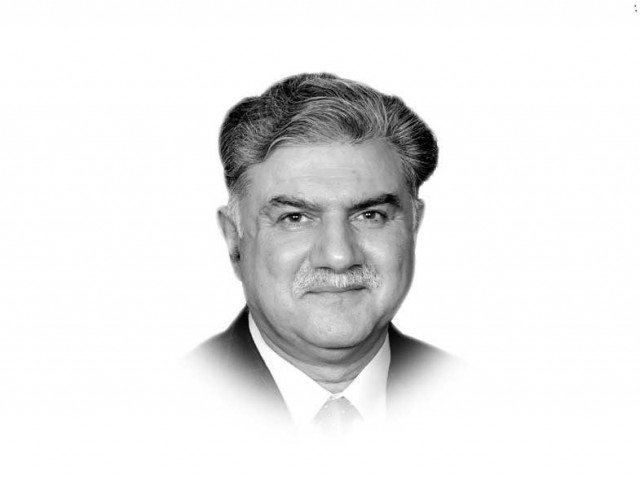Official neglect leaves Nusrat Fateh Ali Khan’s ancestral home in decay | The Express Tribune
FAISALABAD: On what would have been the 77th birth anniversary of the legendary Qawwal Ustad Nusrat Fateh Ali Khan, his ancestral Haveli in Faisalabad stands as a haunting reminder of official neglect. Once echoing with the soul-stirring melodies of “Saray Gama Pa Da Nesa ,” the premises are now filled with the braying of donkeys tethered…
FAISALABAD:
On what would have been the 77th birth anniversary of the legendary Qawwal Ustad Nusrat Fateh Ali Khan, his ancestral Haveli in Faisalabad stands as a haunting reminder of official neglect. Once echoing with the soul-stirring melodies of “Saray Gama Pa Da Nesa ,” the premises are now filled with the braying of donkeys tethered to carts outside what has been turned into a cycle stand.
Born on October 13, 1948, in then-Lyallpur, Nusrat Fateh Ali Khan hailed from a family deeply rooted in the centuries-old tradition of Qawwali – the devotional music of Sufism.
His father, Ustad Fateh Ali Khan and uncles, Mubarak Ali Khan and Salamat Ali Khan, were among the most revered Qawwals of their time, tracing their lineage back over six centuries to the Mughal court musicians.
Though initially encouraged to pursue engineering, Nusrat’s innate musical genius and spiritual inclination led him to embrace Qawwali after his father’s death in 1964.
Trained by his uncles, he mastered classical ragas, taals (rhythmic cycles), and the art of improvisation – all hallmarks of his electrifying performances. His music transcended borders, earning him global fame and the title “Shahenshah-e-Qawwali” (King of Qawwali). Nusrat Fateh Ali Khan passed away in London on August 16, 1997, at the age of 48.
Today, his birthplace on Lasoori Shah Road, Jhang Bazaar, bears no resemblance to its illustrious past.
According to Abdul Majeed, a silverware shop owner and longtime resident of the neighbourhood, the late singer’s relatives sold the 42-marla property soon after his death.
The new owner demolished the Haveli and resold it to another trader for double the price.
Eventually, a third buyer took possession, leasing it out to a contractor who converted it into a cycle stand – a business now running at full capacity.
The current landowner, Syed Amin, confirmed that each marla of the property is now worth Rs20 million, adding that he is willing to sell it to the government “if purchased at market value.” He said the space outside the Haveli is also rented to donkey-cart vendors for a small fee.
Local artist Ahmad Niazi lamented that neither the local administration nor the provincial government had taken steps to acquire or preserve the residence as a cultural heritage site.
“This building could have been turned into a museum, a music academy, or a cultural center in memory of the great Nusrat Fateh Ali Khan,” he said.
Niazi cited the Punjab Special Premises (Preservation) Ordinance 1985, which empowers the government to acquire any premises in danger of being destroyed or allowed to decay under the Land Acquisition Act 1894.
“It is a tragic reflection of our cultural apathy that no department – be it the Culture, Information, or Archaeology divisions, or even the Walled City of Lahore Authority – has acted to preserve the legacy of one of Pakistan’s greatest musical icons,” he added.






